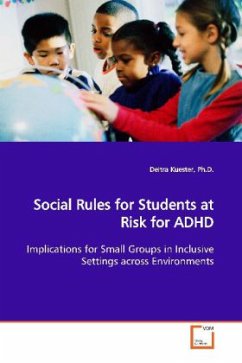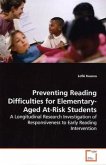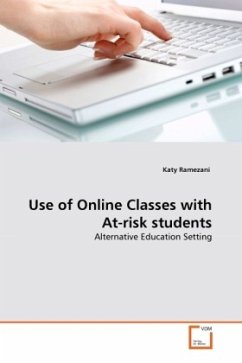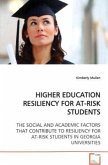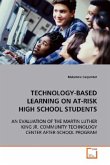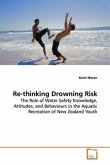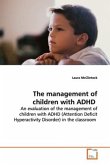Students at risk for ADHD typically exhibit more
negative verbal (tell others what to do, in what
order and how to do it) and off-task behavior (out-
of-seat, disruptive noises) and less positive
nonverbal behavior (giving sharing, cooperation)
than all other comparison peers. Undocumented in the
literature are interventions that could benefit
these students in both dyadic and small group
settings. It is important to learn more about
children with ADHD because they experience social
rejection at high rates, which is associated with a
cycle of aggression and counter-aggression,
decisions to drop out of school, and poor long-term
behavioral, mental health, and vocational outcomes.
This book provides an overview of the literature and
offers effective recommendations based on positive
outcomes of social rule applications for use by
teachers, parents and service providers alike. Added
social rules yielded not only improvement in student
performance but also differential benefits for
individuals at risk for ADHD. Implications about how
to help individuals at risk for ADHD across settings
and environments are discussed.
negative verbal (tell others what to do, in what
order and how to do it) and off-task behavior (out-
of-seat, disruptive noises) and less positive
nonverbal behavior (giving sharing, cooperation)
than all other comparison peers. Undocumented in the
literature are interventions that could benefit
these students in both dyadic and small group
settings. It is important to learn more about
children with ADHD because they experience social
rejection at high rates, which is associated with a
cycle of aggression and counter-aggression,
decisions to drop out of school, and poor long-term
behavioral, mental health, and vocational outcomes.
This book provides an overview of the literature and
offers effective recommendations based on positive
outcomes of social rule applications for use by
teachers, parents and service providers alike. Added
social rules yielded not only improvement in student
performance but also differential benefits for
individuals at risk for ADHD. Implications about how
to help individuals at risk for ADHD across settings
and environments are discussed.

